
The gender gap in the global fashion industry
From mid-2024, up to 17 new designers were appointed at major brands such as Gucci and Dior. However, only 4 of them were women. The statistics are even more dismal if you look at the list of the top 30 luxury brands in the Vogue Business Index : Only 5 creative directors are women.
At Kering, the “big guy” that owns Balenciaga and Valentino, only Louise Trotter at Bottega Veneta is a female creative director. And LVMH, the fashion “empire” that includes Loewe and Dior, only has Sarah Burton at Givenchy.
Meanwhile, 74% of fashion students are female, but 88% of top design positions are held by men. The last time a woman won Designer of the Year at the Fashion Awards was in … 2012.
This gap is not limited to creativity. The majority of executive leadership positions at brands are also held by men.
“Ecosystem” of female brands
Contrary to the global picture, Copenhagen Fashion Week (CPHFW) – the 5th largest event in the world fashion industry – brings a different look. Of the 42 brands participating in the 19th season, 26 are founded and run by women.
Designer Stine Goya, who has taken his namesake brand to more than 30 countries, says Denmark's structural gender equality is a key driver.
Policies on equal pay and support for women returning to work after giving birth make Copenhagen a “fertile land” for independent female brands. “Here, we collaborate and are willing to do things differently. This allows women to build their own businesses,” Goya shares.
The way women view fashion also makes a difference. Cecilie Bahnsen is known for her elaborate dresses and sneakers , putting comfort first. Anne Sofie Madsen, the brand, asserts: “Our customers dress not just to be admired, but to be themselves.”
The power of creative female communities
The high fashion industry has long been associated with an exhausting work ethic: constant travel, producing up to 6–8 collections per year, and rarely having the concept of rest.
But in Copenhagen, many women-led brands are taking a different path, one that is more sustainable for both creativity and people.
Madsen, who worked for Alexander McQueen and John Galliano, paused her brand in 2017 because she didn’t want to continue the same cycle. When she returned, she and Caroline Clante set a goal to “build a brand that is part of your life, rather than your whole life.”
This spirit is evident in the way they operate. Bahnsen’s factory remains in Copenhagen, with a flexible workforce of 26 women and 4 men, who are not encouraged to work overtime on weekends. At OpéraSport, work typically ends at 3 p.m. so the founders can return to their families.
“We don’t have a 6 p.m. culture. The important thing is that the work gets done, and people are free to organize themselves,” Stelter emphasizes.
It is this spirit of equality and collaboration that fosters a creative community that supports each other rather than competes. Designer Stine Goya calls it a “feeling of openness” and an “ambitious creative scene.”
For Isabella Rose Davey, CEO of Copenhagen Fashion Week, it’s a message that goes beyond borders. “We need more modern, progressive thinking like this outside Denmark, so that women are not excluded from senior positions,” she said.
Source: https://baovanhoa.vn/giai-tri/quy-tac-nganh-thoi-trang-dang-duoc-phu-nu-viet-lai-159654.html












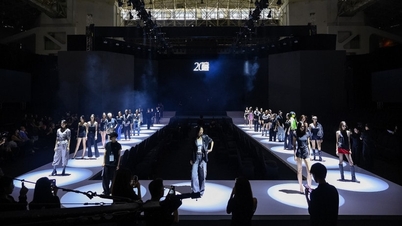


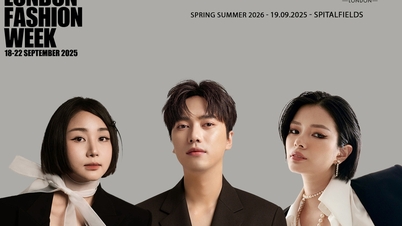




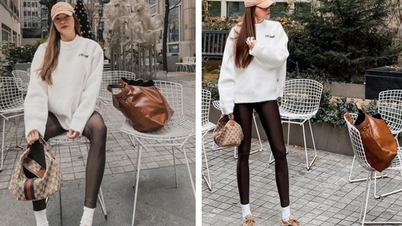

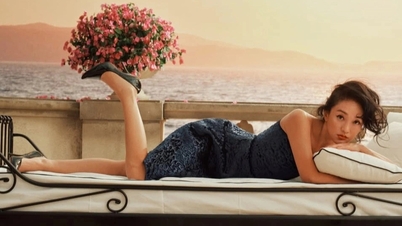


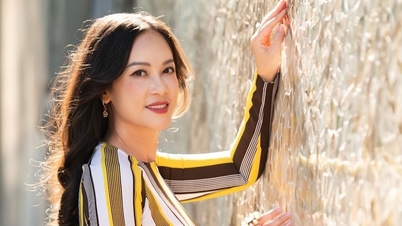
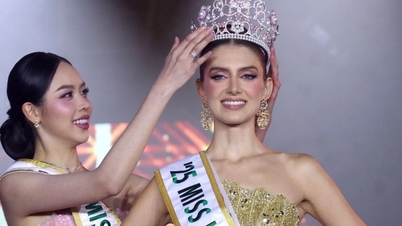




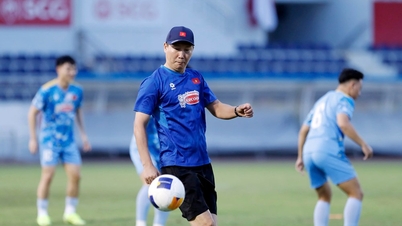
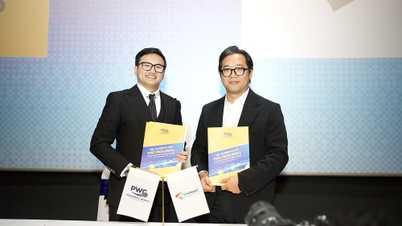

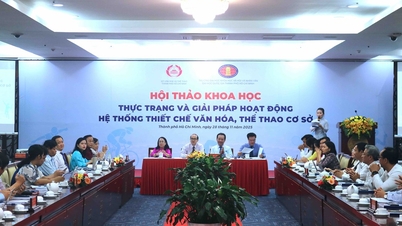
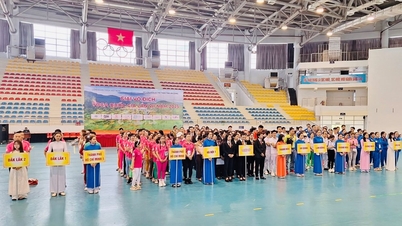
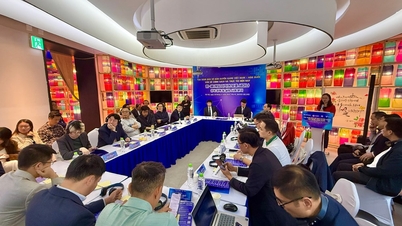



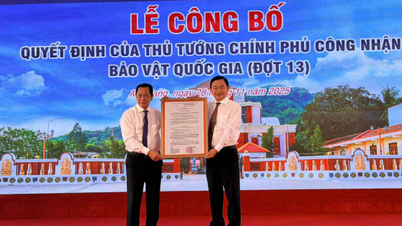



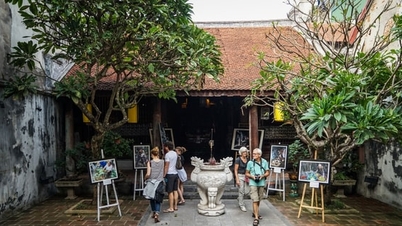
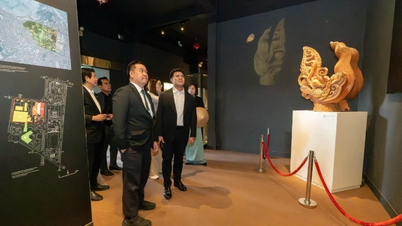





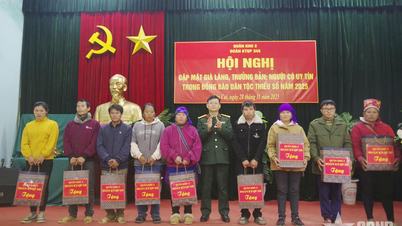

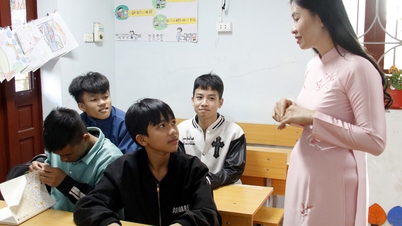

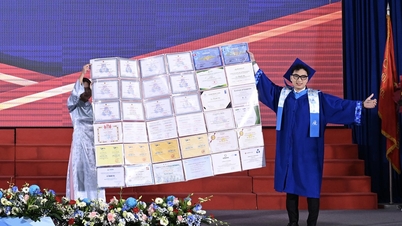
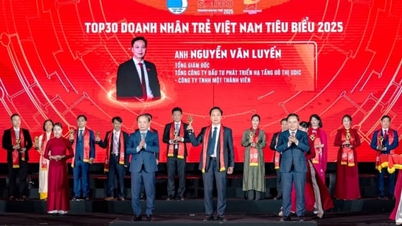









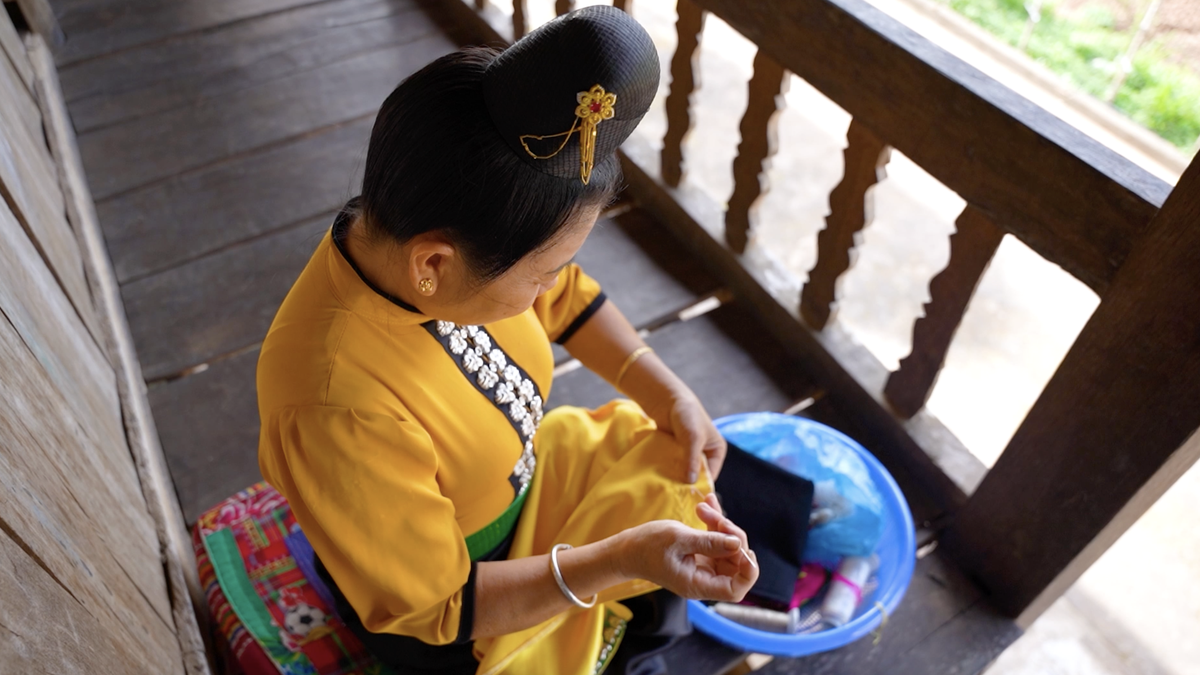



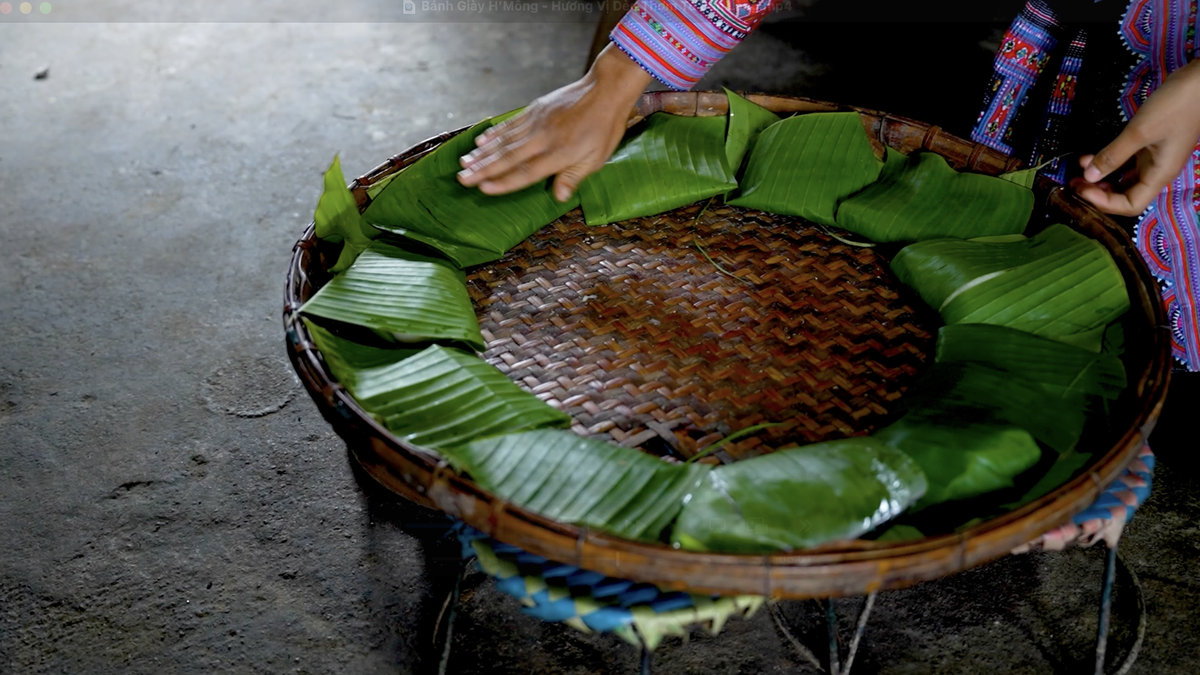
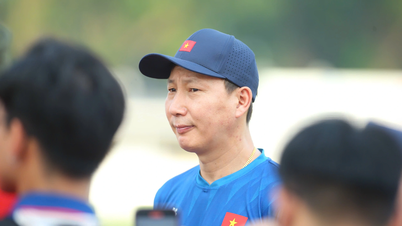



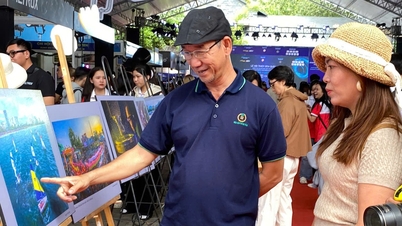
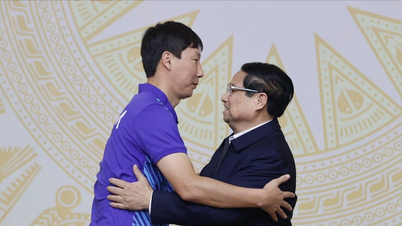
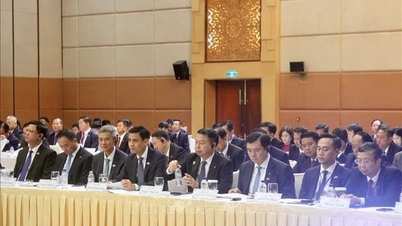






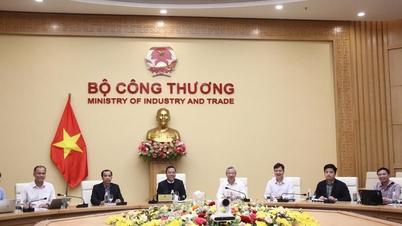

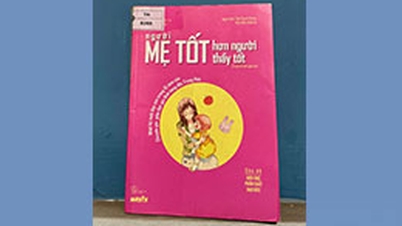




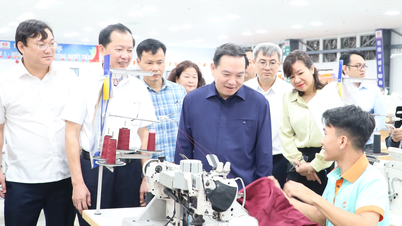

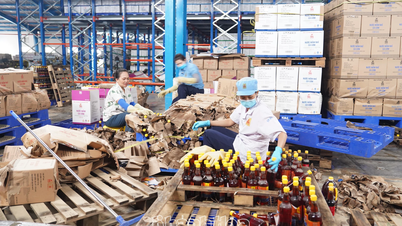





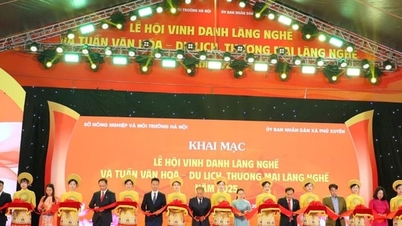

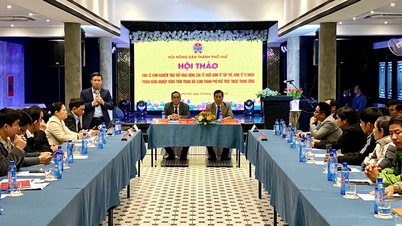

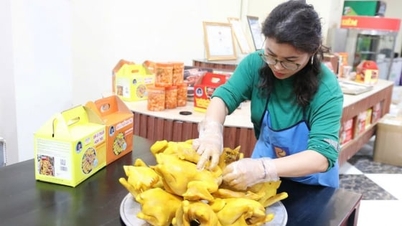


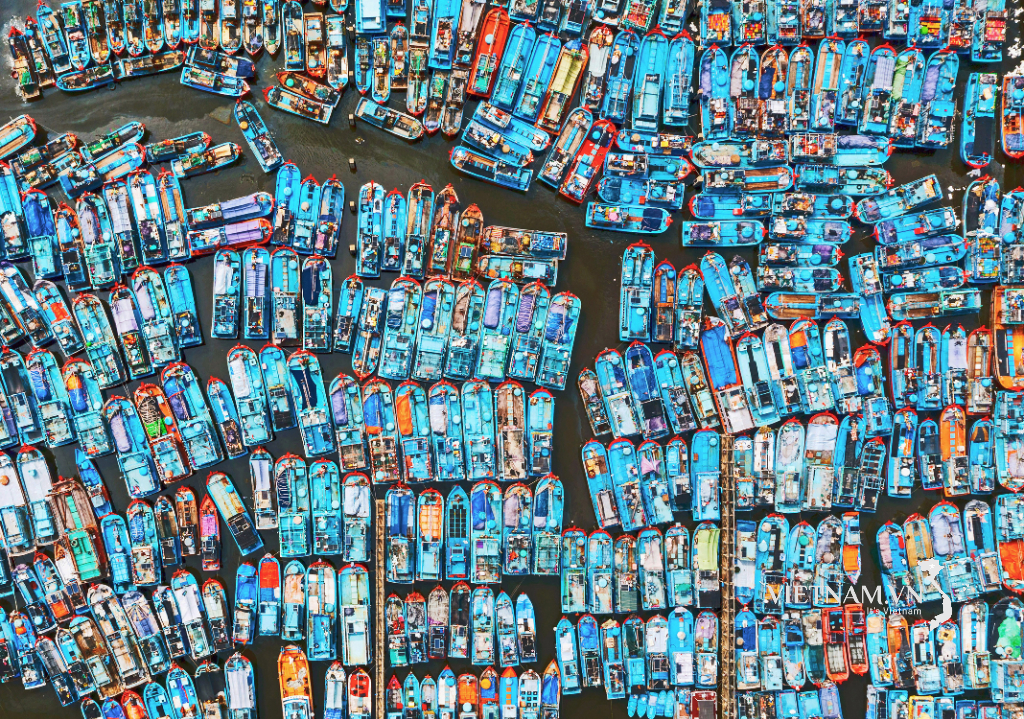
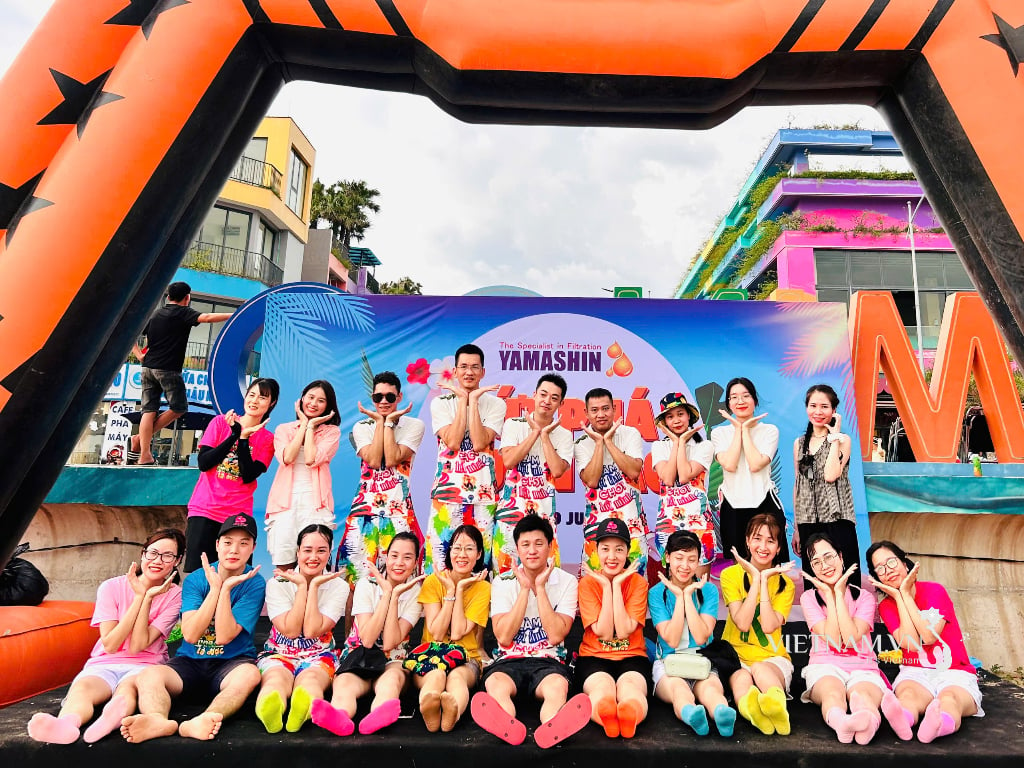

Comment (0)